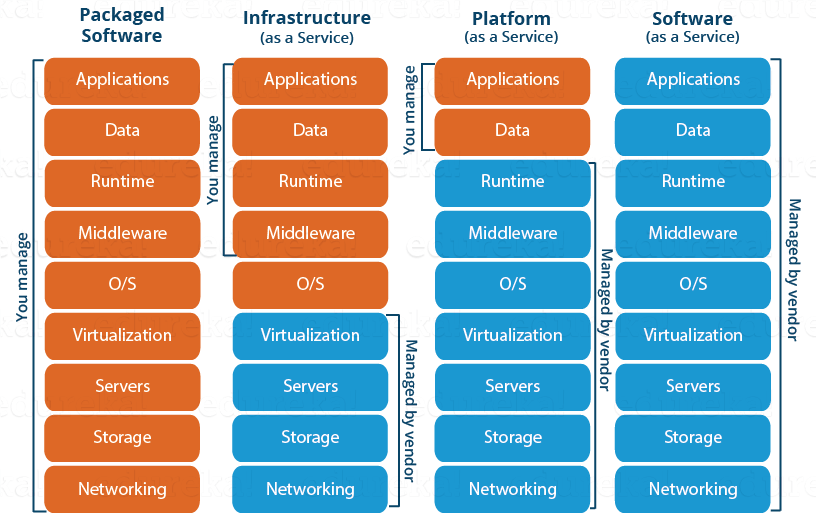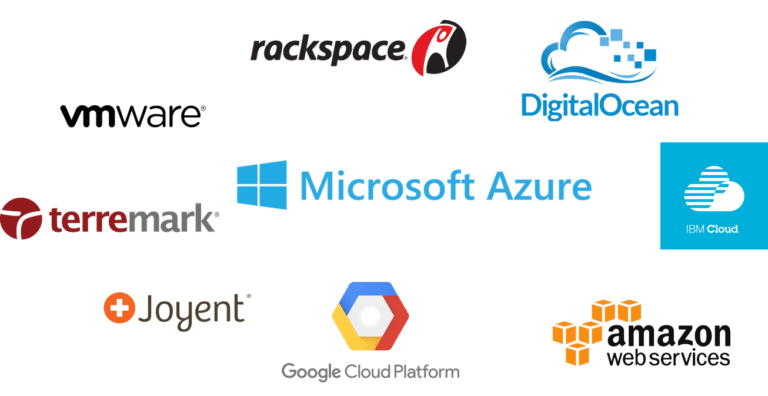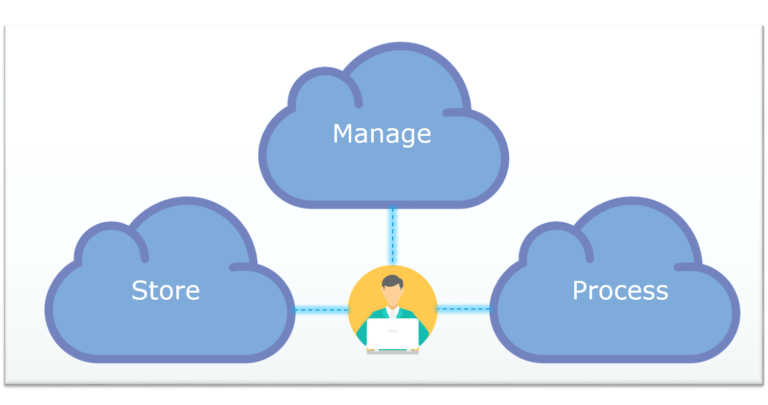Azure Tutorial:
0 Comment
Azure Tutorial :
In this blog, we will learn about Microsoft Azure in the following sequence:
- What is Cloud Computing ?
- Azure Job Trends
- What is Microsoft Azure?
- Azure Management Portal
- Azure Services
- Azure Pricing
- Azure Certifications
- Azure Demo: Launching Ubuntu Server
10 years back, companies were storing everything in-house i.e on their own servers. But over the years with internet speed becoming better, people discovered a new way to store everything, the “Cloud” way! What is a Cloud Computing ? To understand What is Cloud, let’s first understand why it came into the picture!
Before “ Cloud ”, companies were storing everything offline i.e hosting websites on their on-premise servers, and adding more servers whenever required. But, there were some problems with this kind of setup. What were these problems? Let’s discuss them using an example in this Microsoft Azure Tutorial Blog:
- You own a company which runs a very successful website and let’s imagine the “cloud concept” was not introduced at this time. Therefore your website was hosted on the on-premise servers. Seems normal, right?
- One fine day, you added a new feature to your website which became a hit overnight. Now, your traffic increased multi-folds and the inevitable happened, your website crashed!
- Woah! That hurts, isn’t it? Well, you obviously couldn’t have foreseen this, and even if you did, there was no way you could have spent and bought the required servers, in such a short time. Why? Well, servers are not cheap guys, they are very VERY expensive
Let’s say you can afford these many servers, but are you sure about experiencing this much traffic everyday? After you bought the servers and the next day your traffic dropped, what will you do with these servers now? They will be idle most of the time, and hence they become a bad investment on your part.
Now with this example, let’s summarize the problems with the private model in this Azure Tutorial:
- Put your data on Cloud Servers and you are set! No more buying expensive servers.
- Scalability! Your server capacity will scale up or scale down according to the traffic, that too automatically
- Your cloud provider will manage your servers, hence no worries about the underlying infrastructure.
We now understand in this Azure Tutorial, why cloud computing was needed, let’s go ahead and understand what it is exactly?
Azure Tutorial: What is Cloud Computing?
It is the use of remote servers on the internet to store, manage and process data rather than a local server or your personal computer.
Store : Store large or small files on the cloud, which you can access on the go!
Manage : Manage your data with optimized databases on the cloud.
Process : With scalable compute power on the cloud, you can process any amount of data in moments!
So basically, all these tasks i.e “store, manage and process”, rather than doing it on your personal computer or your private data center, you are doing it on the public cloud, and this is what cloud is all about.
Learn Azure Now
Global Cloud Computing Forecasts and Market Predictions
Here are a few interesting insights provided by the Industry Knowledge Leaders which gives us a very clear perspective as to why understanding and adoption of cloud computing is highly recommended for IT professionals:
Worldwide spending on public cloud services will grow at a 19.4% compound annual growth rate (CAGR) from nearly $70B in 2015 to more than $141B in 2019.
-Forbes
By 2019, more than 30 percent of the 100 largest vendors’ new software investments will have shifted from cloud-first to cloud-only
-Gartner
The Infrastructure as a Service (IaaS) market has been growing more than 40 percent in revenue per year since 2011, and it is projected to continue to grow more than 25 percent per year through 2019.
-Gartner
There are basically 3 categories in cloud
- SaaS (Software as a Service)
- It allows companies to use the software without purchasing them, which reduces the expenditure of the company drastically since they are already installed on the cloud servers they can be quickly deployed and therefore saves time
- PaaS (Platform as a Service)
- It allows developers to build applications, collaborate on projects without having to purchase or maintain infrastructure.
- IaaS (Infrastructure as a Service)
- It allows companies to rent servers, storage space, etc. from a cloud provider.

Since there are so many benefits of cloud , therefore it was just a matter of time that companies understood its market potential. Hence, we have a lot of Cloud Providers today.

Today, in this blog on Azure Tutorial, I will be discussing Microsoft Azure which is an IaaS. First, let’s discuss why you are learning Microsoft Azure .
Azure Job Trends:

Source: Indeed.com
The demand for Azure Solutions Architect as can be seen in the trends, and hence it makes sense for you to upgrade yourself to be the master of a cloud.
Let’s go ahead in this Azure Tutorial and understand What is Microsoft Azure ?
Learn Azure from Experts!
What is Microsoft Azure?
Did we discuss the cloud services in this Azure Tutorial right? A company which provides these cloud services is called a cloud provider. Now, there are a lot of cloud providers out there, one of the Microsoft Azure.
Microsoft Azure is a cloud platform created by Microsoft which developers and IT professionals use to build, deploy and manage applications through their global network of data centres.

Azure Management Portal:
Let us see how the management portal for Azure looks like:

On the left side, all the resources are listed. These resources can broadly be divided into the following categories:
- Compute
It is used to process data on the cloud by making use of powerful processors which serve multiple instances at a time. - Storage Services
The storage as the name suggests is used to store data in the cloud with the ability to scale as and when required. This data can be stored anywhere. - Database
The database domain is used to provide reliable relational and non-relational database instances managed by Azure -
Networking
It includes services
FOR MORE DETAILS CONTACT US



